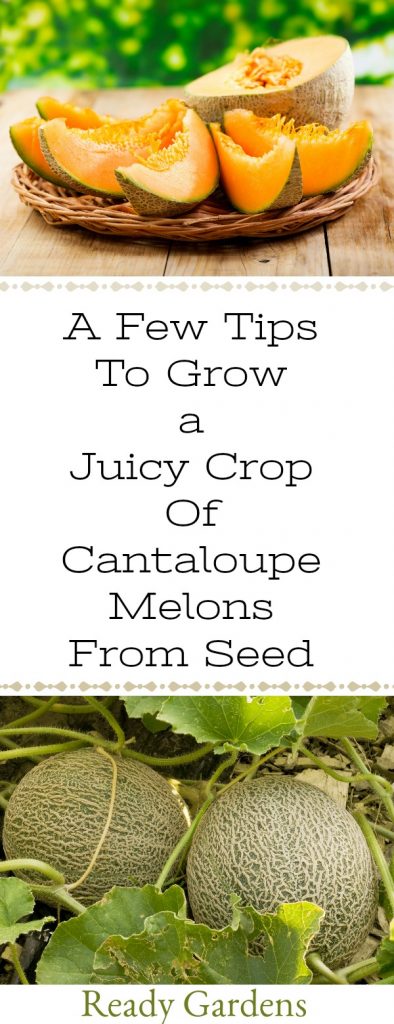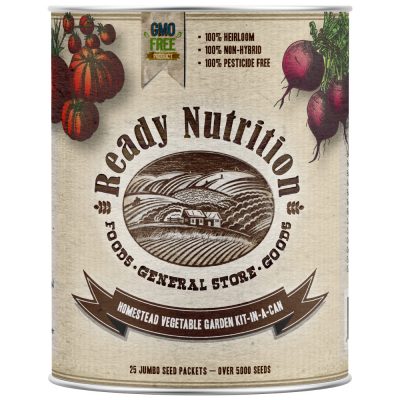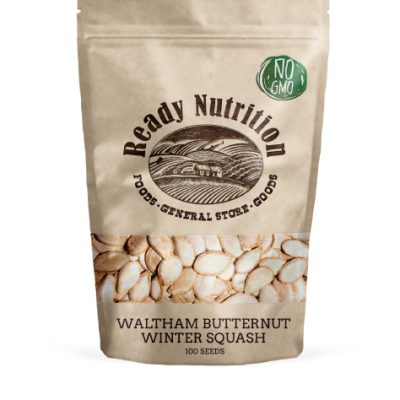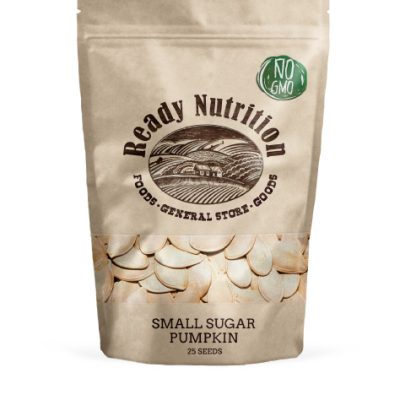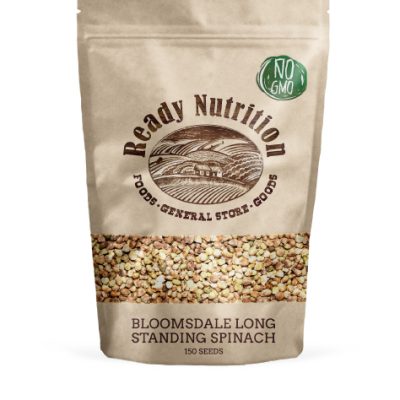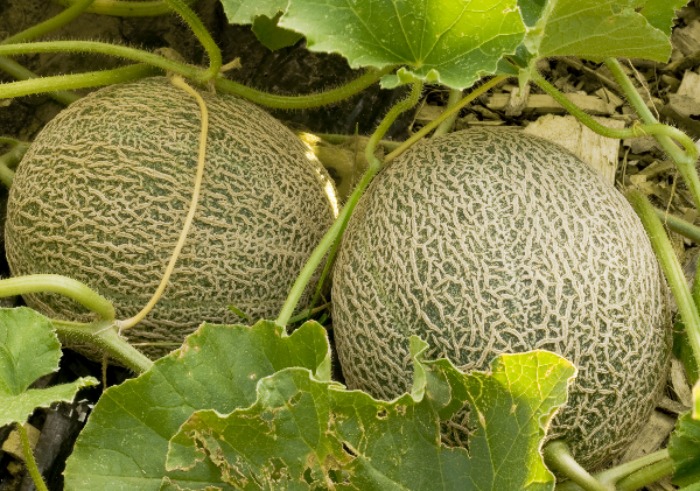
A bite of sweet cantaloupe is a summer treat! The delicious melon is full of vitamin A and antioxidants such as beta-carotene, lutein, zeaxanthin, and cryptoxanthin. That means it can help with protection against colon, prostate, breast, endometrial, lung, and pancreatic cancers. So why not try growing some of this delicious and popular melon in your garden?
*Did you know that the commonly known “cantaloupe” is not really a cantaloupe? The melon that’s most widely recognized as cantaloupe in the United States is actually a “reticulated muskmelon.” This North American muskmelon is distinguished by its netted skin and strong scent. Its European counterpart, which is the true cantaloupe, has ribbed pale green skin and looks very different from our cantaloupe. But, for all intents and purposes, we’ll still refer to the reticulated muskmelon as a cantaloupe in this article because that’s what we know it as!
There are a few things to take note of before you begin:
- Growing the vines in raised rows, known as hills, ensures good drainage and will hold the sun’s heat longer.
- If you are in a cooler zone, start seeds indoors about a month before transplanting. Cantaloupe vines are very tender and should not be transplanted until all danger of frost has passed.
- If you live in warmer climes, you can direct sow seeds outdoors, but wait until the soil temperature warms to at least 65 degrees to avoid poor germination.
- If you have limited space, cantaloupe vines can be trained to a support, such as a trellis.
- While melon plants are growing, blooming, and setting fruit, they need 1 to 2 inches of water per week. Water in the morning, and try to avoid wetting the leaves. Reduce watering once the fruit begins growing. Also, dry weather produces the sweetest flavored melon! If you’ve had an exceptional amount of rainfall during the ripening stage, this could cause bland fruit.
PLANTING
- Amend soil with aged manure or compost before planting. Cantaloupe likes loamy, well-drained soil. Add a lot of compost to the area before and after planting either seeds or transplants.
- Plant your seeds one inch deep, 18 inches apart, in hills about 3 feet apart. Handle the plants gently when you transplant.
- Fertilize when vines start growing.
- Employ row covers in order to keep pests at bay.
- Mulching with black plastic will also help serve multiple purposes: it will warm the soil, hinder weed growth, and keep any of the developing fruits clean.
- Once the fruit begins to grow, prune end buds off of the vines. Your plants may produce fewer melons, but they will be larger and of better quality.
- Vines will produce both male and female flowers separately on the same plant. They often begin producing male flowers several weeks before the female flowers appear. Don’t be discouraged when the first blooms do not produce fruit!
HELPFUL HINT: Cantaloupe blossoms require pollination to set fruit, so be kind to any bees!
TROUBLESHOOTING
Fusarium Wilt: Fusarium wilt is a common vascular wilt fungal disease. It is a soil-borne pathogen that enters the plant through the roots and will inhibit the water-conducting vessels of the plant. Mycostop is a biological fungicide that will safely protect crops against wilt caused by the Fusarium fungus. Approved for use in organic crop production, it can be applied as a soil spray or drench (1-2 gm/ 100 sq ft) to seedlings, ornamentals, and vegetables. Apply sufficient water during application to move Mycostop into the root zone.
Aphids: Aphids are tiny (adults are under ¼-inch), and often nearly invisible to the naked eye. Look for misshapen, curling, stunted, or yellowing leaves. Be sure to check the undersides of leaves; aphids love to hide there. If the leaves or stems are covered with a sticky substance, that is a sign that aphids may have been sipping sap. Buy some ladybugs to help cure the aphid problem. They are a natural predator to the destructive aphid. You can also try spraying cold water on the leaves of the plants.
Cucumber Beetles: If you find that the stems of your seedlings are being eaten off, leaves are yellowing and wilting, and holes are appearing, you may have a striped or spotted cucumber beetle problem. Cucumber beetles can also carry bacterial diseases and viruses from plant to plant, such as bacterial wilt and mosaic virus.
HARVEST & STORAGE
- When the rinds begin to change from green to tan or yellow, the melon is probably ripe, but be careful not to pick too early. Another sign of ripeness is a crack in the stem where the melon attaches to the fruit. The fruit should be easy to separate from the vine. If they fall off by themselves they are usually overripe. The vine will naturally slip from the fruit when it’s harvest time. You may also notice that the skin will turn creamy-beige under the “netted” pattern on the melon.
- Harvest your melons when the vines are dry and be careful not to damage them. They will soften after harvesting, but will not continue to sweeten off the vine.
- Cantaloupe can be stored uncut for 5 or 6 days. If cut, they can last in the refrigerator for about 3 days, wrapped tightly in plastic.
Fun Fact: Christopher Columbus brought some muskmelon (cantaloupe) seeds on his voyage to the Americas, spreading cantaloupe cultivation to our side of the pond. A medium-sized melon also only has 100 calories, so eating them is “waist-friendly.” Try Hales Best Cantaloupe! It produces the sweetest, most fragrant and juiciest melons you’ll ever have the pleasure of tasting. These award-winning cantaloupes average between three and five pounds each when fully ripened. Now that’s a seriously jumbo cantaloupe melon!
